
Newsletter Subscribe
Enter your email address below and subscribe to our newsletter

Enter your email address below and subscribe to our newsletter
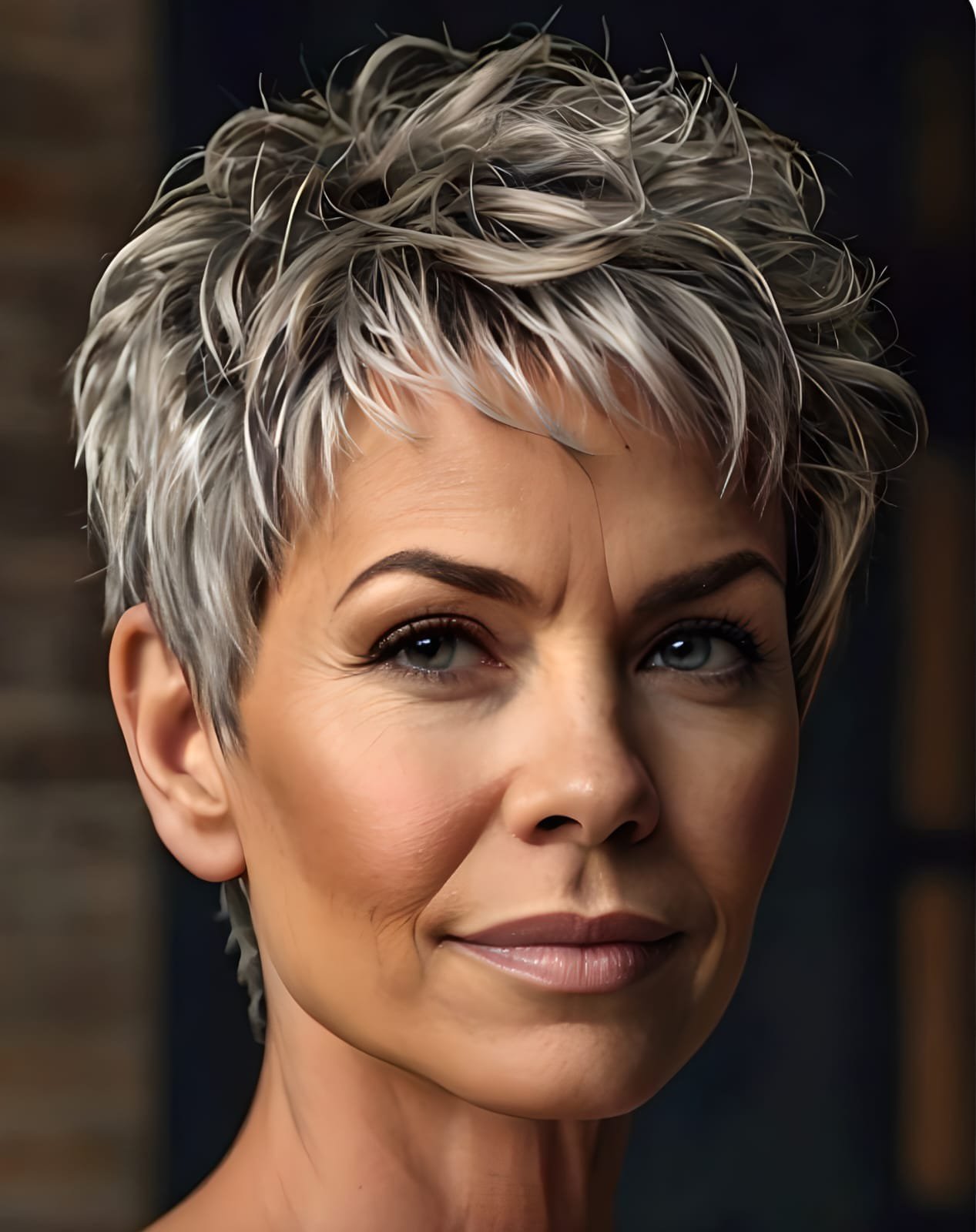
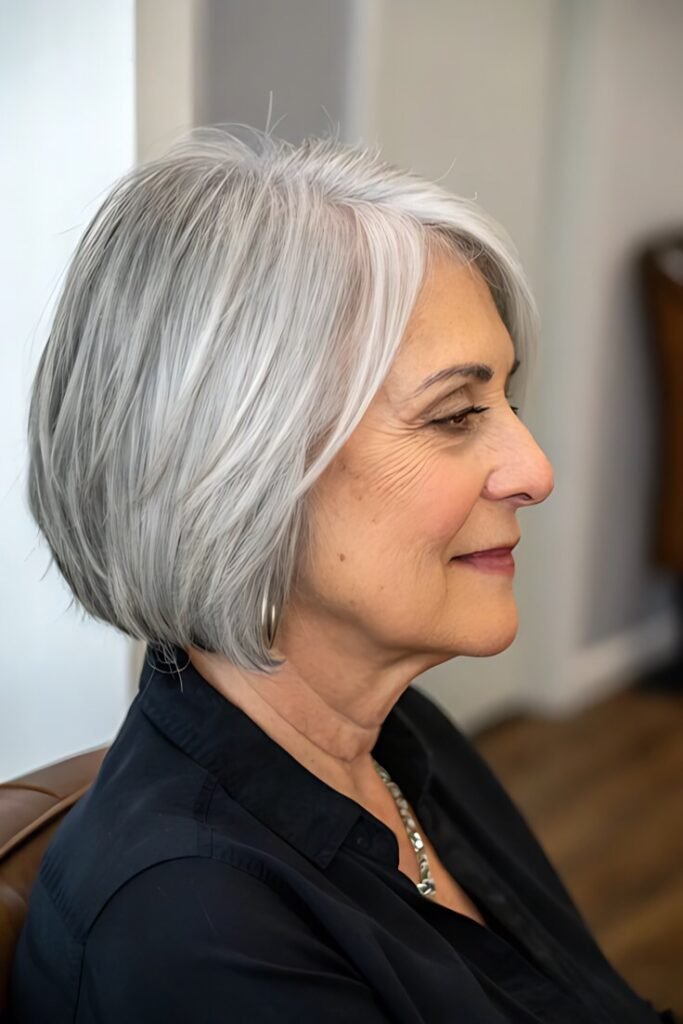
As women age, their hair undergoes significant changes—thinning, dryness, and increased fragility become common concerns. Heat styling tools, while effective for achieving sleek blowouts or bouncy curls, can exacerbate these issues, leading to breakage, split ends, and dullness. For older women, protecting hair from heat damage isn’t just about maintaining style; it’s about preserving hair health and ensuring that strands remain strong and vibrant.
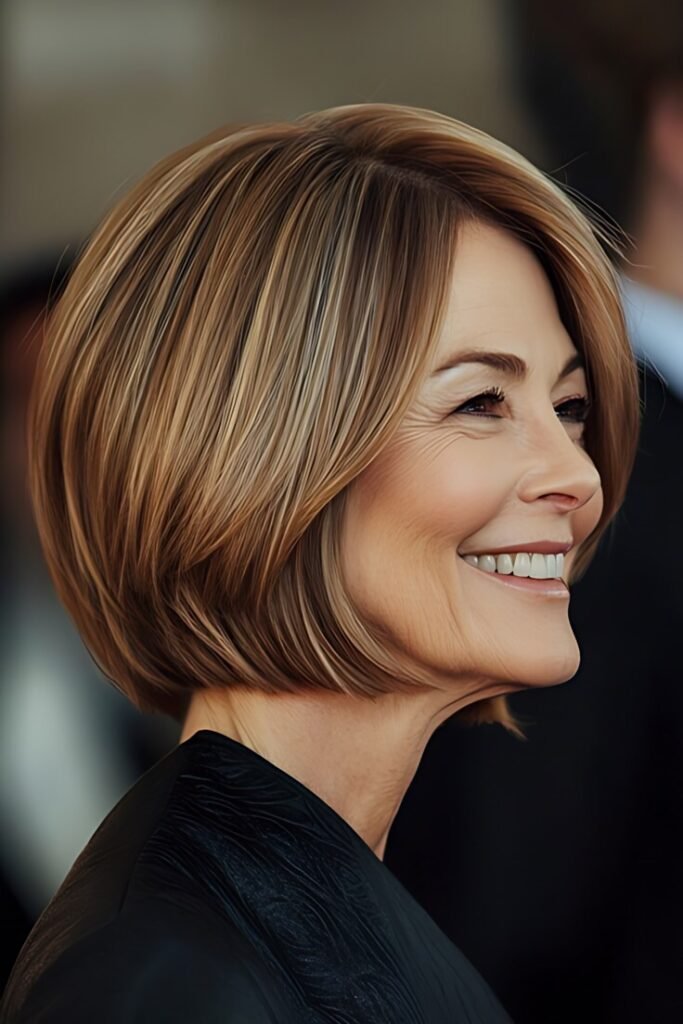

The best way to shield aging hair from heat damage involves a combination of protective products, smart styling techniques, and nourishing treatments. From heat protectant sprays to low-temperature settings and deep conditioning routines, every step matters. This comprehensive guide will explore the most effective strategies to keep mature hair looking its best while minimizing the harmful effects of heat.
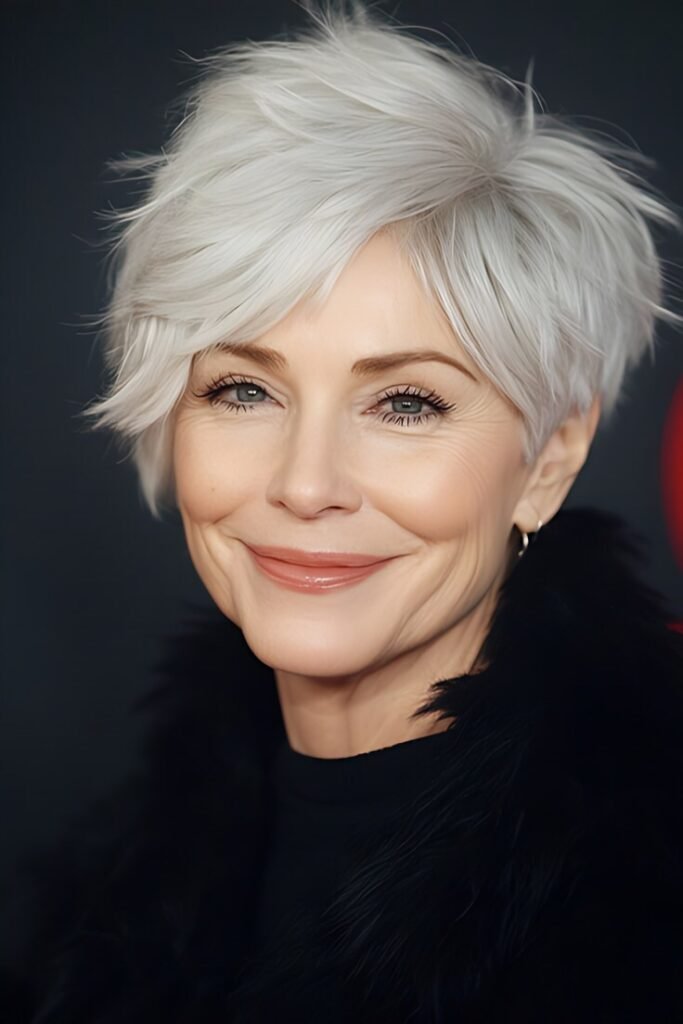
Before diving into protective measures, it’s essential to understand why heat is particularly harsh on older hair. As women enter their 40s, 50s, and beyond, hormonal shifts—such as menopause—lead to reduced sebum production. This natural oil acts as a protective barrier, and without it, hair becomes more prone to dryness and brittleness.
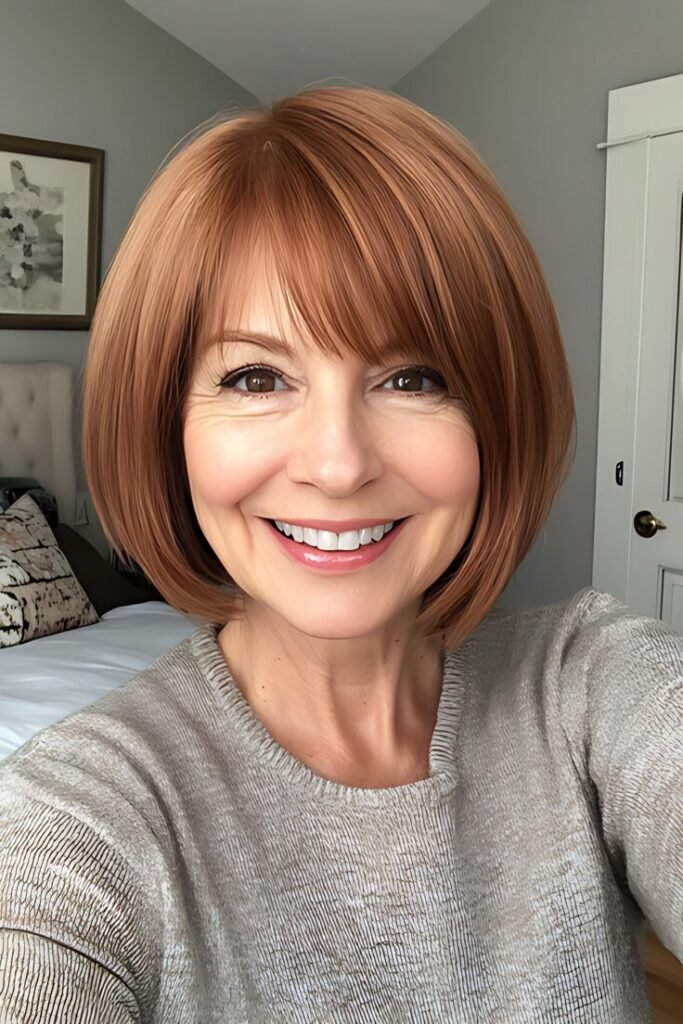
Heat styling tools, including blow dryers, flat irons, and curling wands, strip away remaining moisture, weaken the hair shaft, and cause protein loss. Over time, this leads to:
For older women, the goal isn’t just to avoid damage but to actively strengthen and hydrate hair while styling.
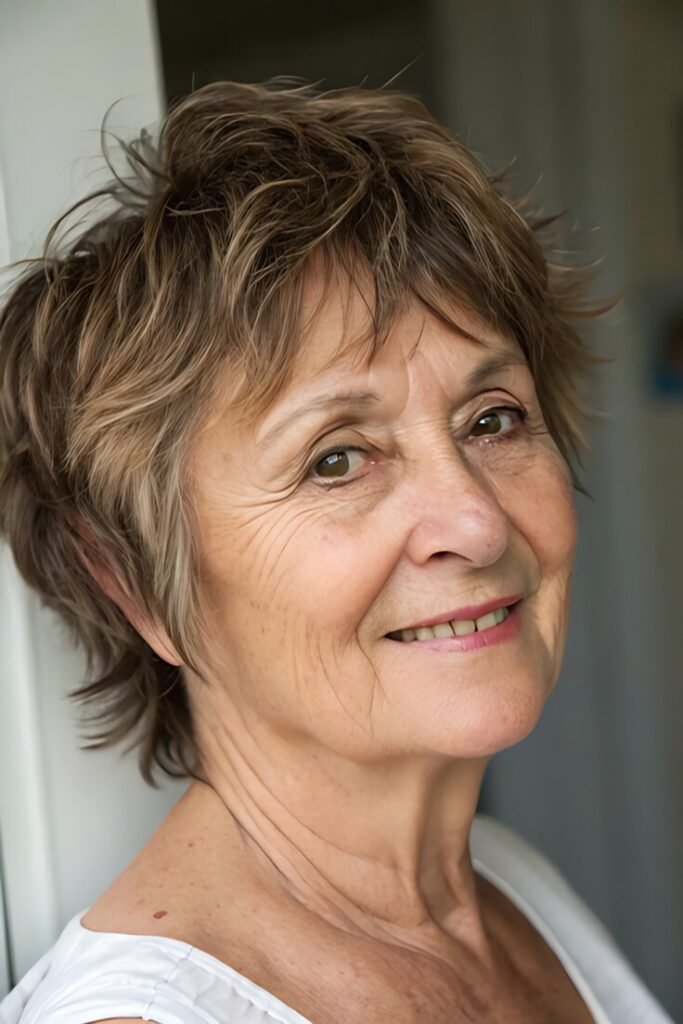
A high-quality heat protectant is non-negotiable. These products create a barrier between hair and heat, locking in moisture and preventing direct damage. When choosing a heat protectant for aging hair, look for these key ingredients:
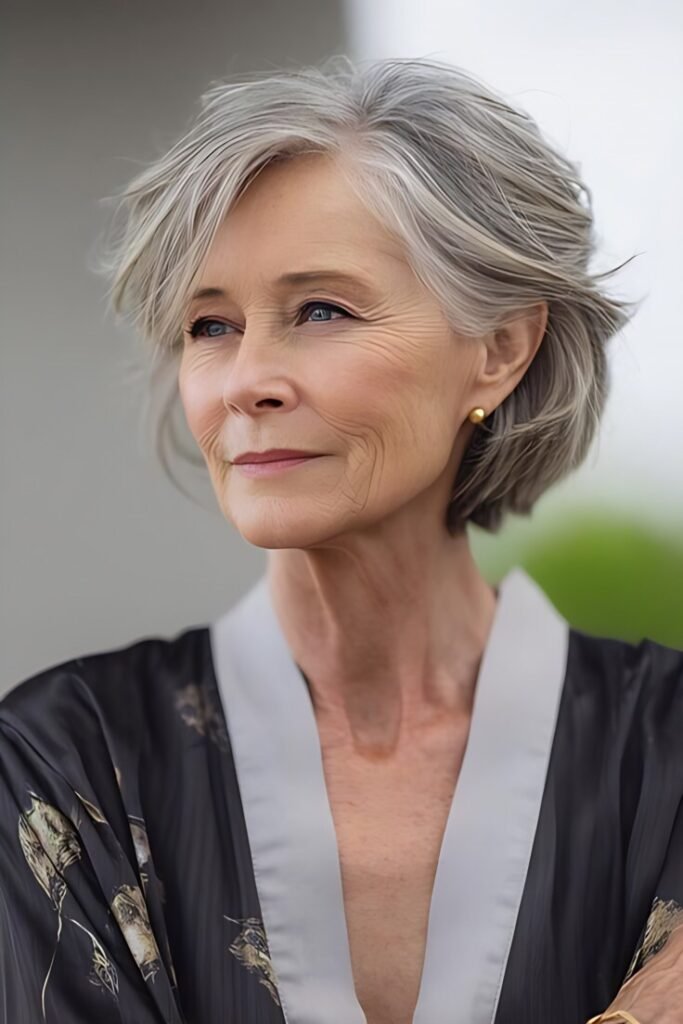
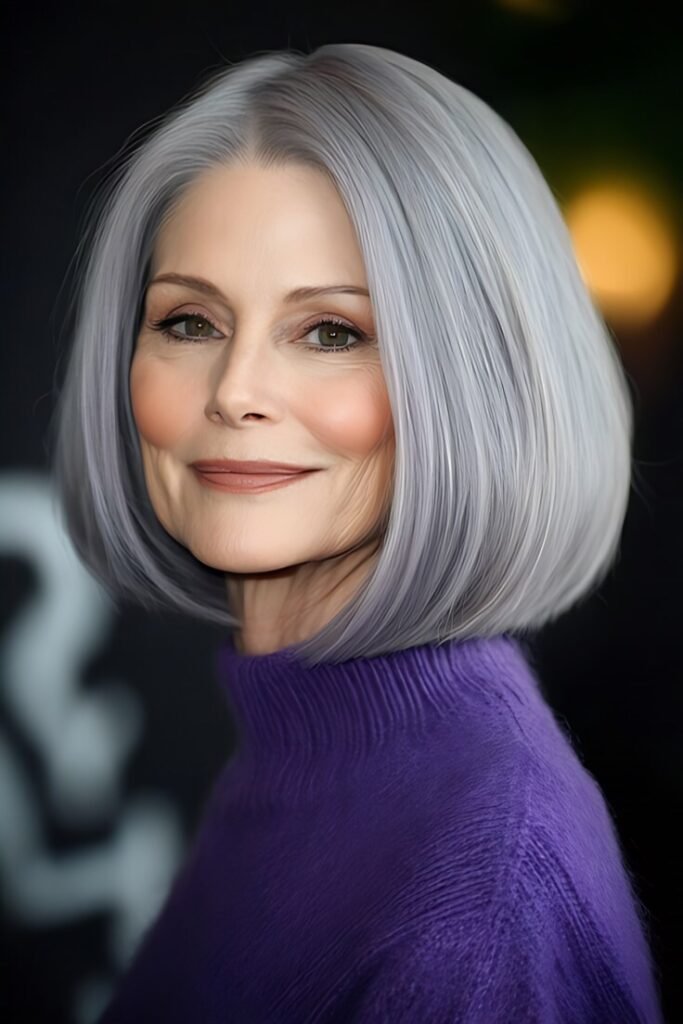
Apply heat protectant evenly from mid-length to ends before using any hot tools.

One of the biggest mistakes women make is using excessively high temperatures. Older hair is more delicate, so adjusting heat settings is crucial.
Pro Tip: Always start at the lowest effective temperature and increase only if necessary. Modern styling tools with adjustable settings (like ceramic or tourmaline irons) distribute heat evenly, reducing hot spots that cause damage.
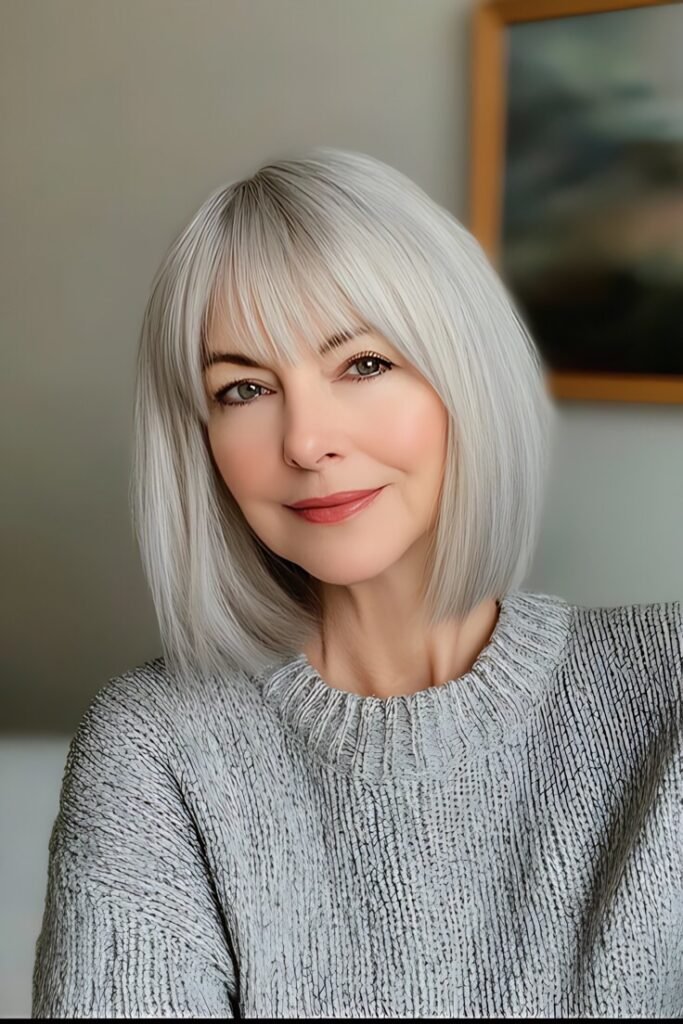
Protection starts before heat touches the hair. Follow these steps to prep strands:

Even with protection, technique matters. Follow these best practices:
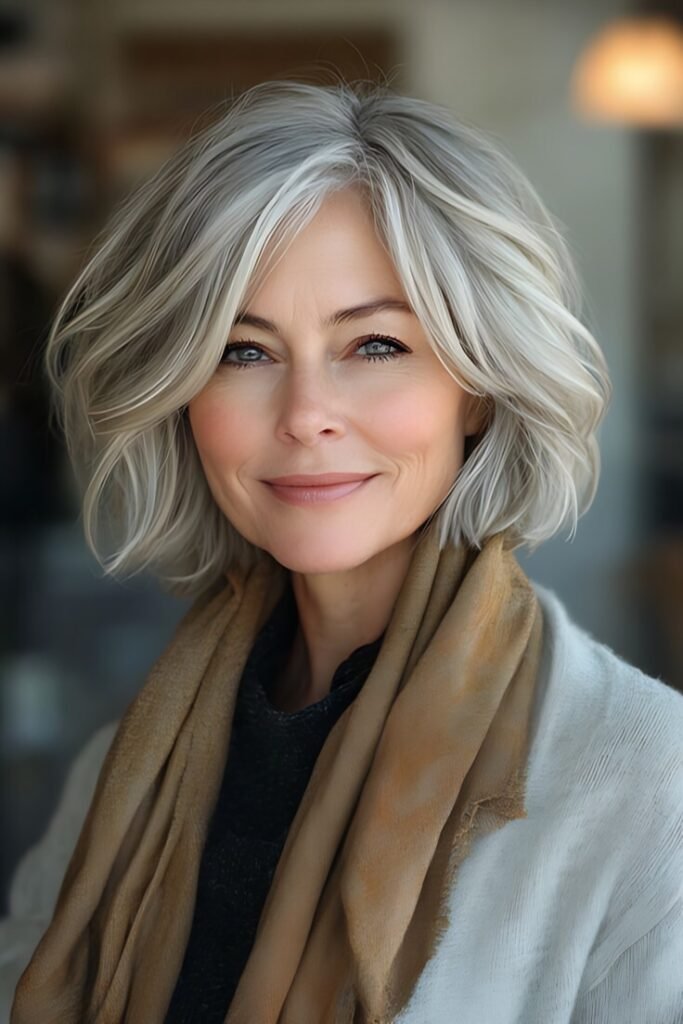
After styling, replenish lost moisture:
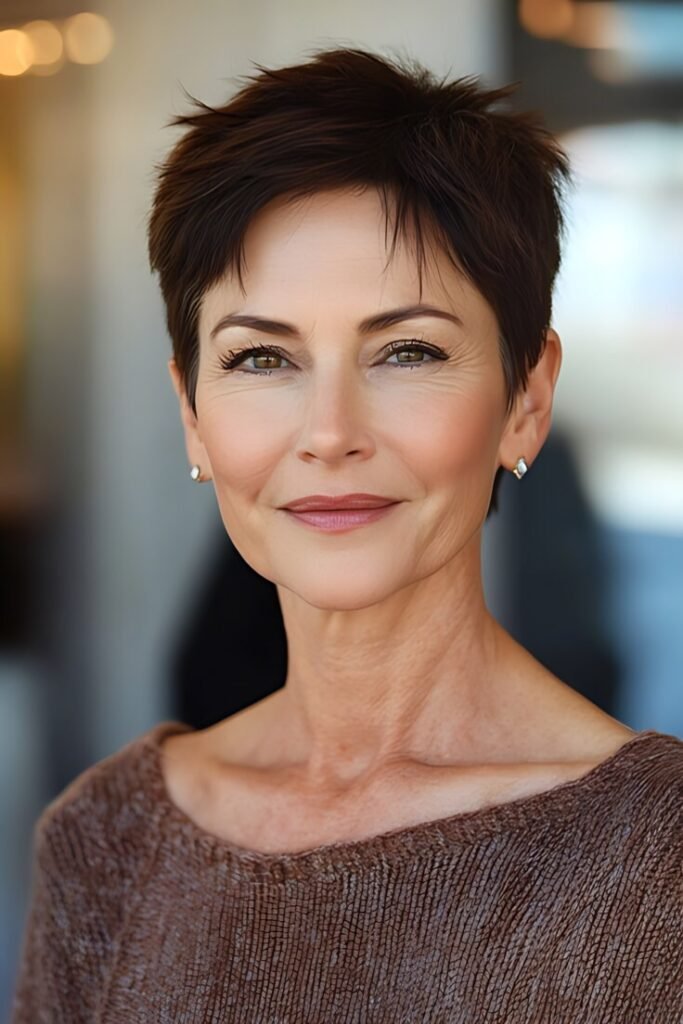
For older women looking to minimize heat entirely, try:
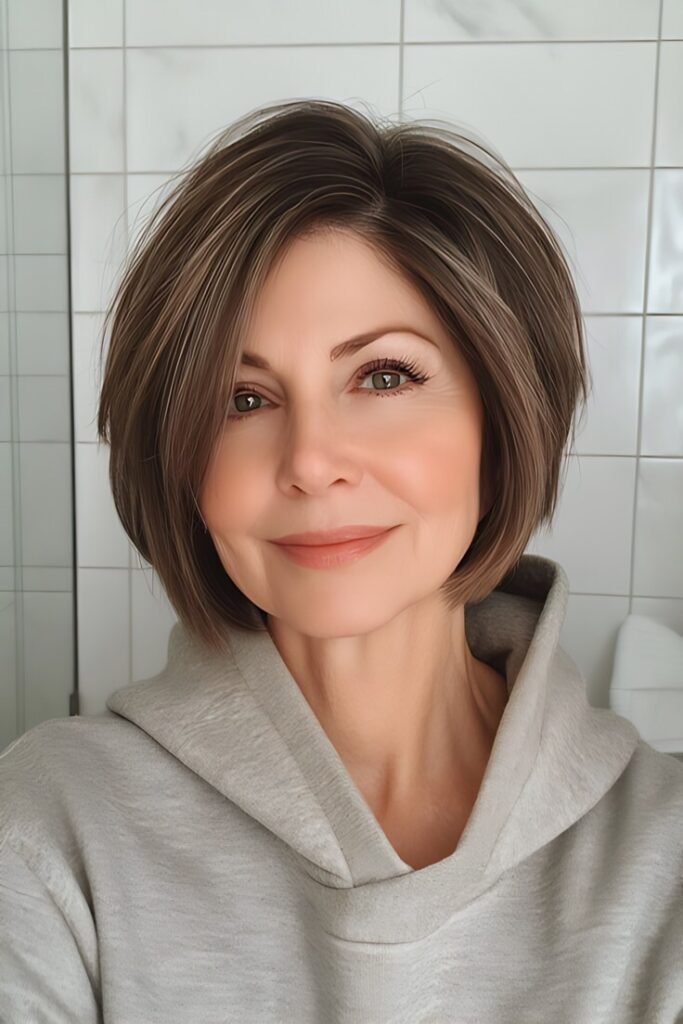
Protecting aging hair from heat damage requires a mindful approach—using the right products, adjusting heat levels, and prioritizing hydration. By following these steps, older women can enjoy styled hair without sacrificing its health. Remember: less heat, more care, and consistent nourishment will keep hair looking beautiful at any age.
Would you like personalized product recommendations based on your hair type? Let us know in the comments!